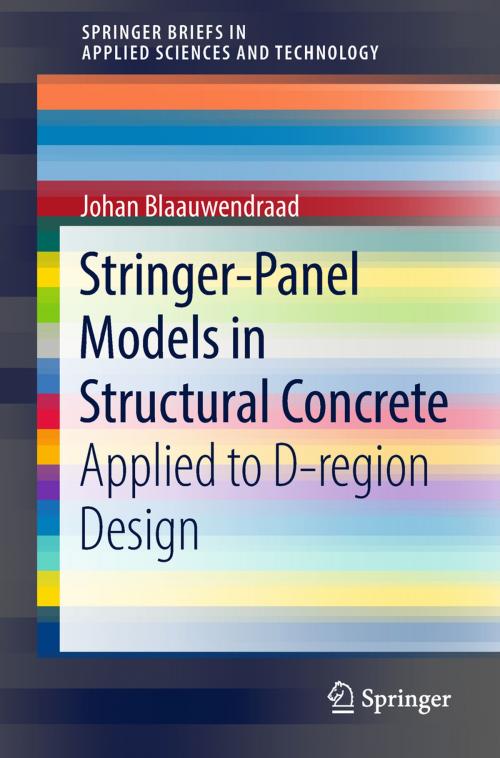Stringer-Panel Models in Structural Concrete
Applied to D-region Design
Nonfiction, Science & Nature, Technology, Material Science, Science, Physics, Mechanics| Author: | Johan Blaauwendraad | ISBN: | 9783319766782 |
| Publisher: | Springer International Publishing | Publication: | June 26, 2018 |
| Imprint: | Springer | Language: | English |
| Author: | Johan Blaauwendraad |
| ISBN: | 9783319766782 |
| Publisher: | Springer International Publishing |
| Publication: | June 26, 2018 |
| Imprint: | Springer |
| Language: | English |
Structural concrete designers nowadays distinguish between B-regions (named after Bernoulli beam theory) and D-regions (D standing for ‘disturbed’). They are all familiar with B-regions, but less acquainted with the expertise required for D-regions. To design D-regions, the Strut-and-Tie Model (STM) is usually applied, a model laid down worldwide in structural codes of practice. The Stringer-Panel Model (SPM) recommended here is a companion method to the STM, with the advantage of being suitable for different load cases and reversed loading. This being so, the SPM is suitable for linear-elastic analyses where durability is a key consideration, but also suits structural design for contexts of cyclical seismic activity. Finally, this book sets out how structural engineers who prefer the STM can nevertheless apply the SPM to determine a proper strut-and-tie model.
Structural concrete designers nowadays distinguish between B-regions (named after Bernoulli beam theory) and D-regions (D standing for ‘disturbed’). They are all familiar with B-regions, but less acquainted with the expertise required for D-regions. To design D-regions, the Strut-and-Tie Model (STM) is usually applied, a model laid down worldwide in structural codes of practice. The Stringer-Panel Model (SPM) recommended here is a companion method to the STM, with the advantage of being suitable for different load cases and reversed loading. This being so, the SPM is suitable for linear-elastic analyses where durability is a key consideration, but also suits structural design for contexts of cyclical seismic activity. Finally, this book sets out how structural engineers who prefer the STM can nevertheless apply the SPM to determine a proper strut-and-tie model.















